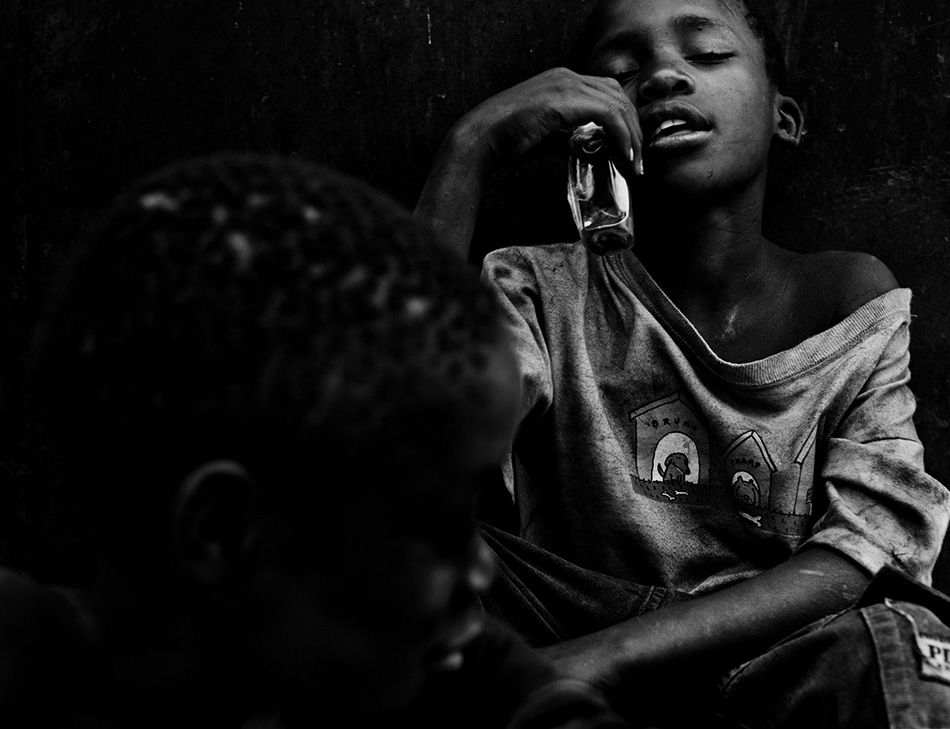
What is Bipolar?
Bipolar disorders, also known as manic-depressive illness, are disorders that cause changes in a person’s mood, energy, activity levels, and ability to function.
People with bipolar disorders have periods of normal moods that are interrupted by episodes of extreme emotional states. These intense mood episodes are categorized as manic, hypo manic, and depressive.
Signs and Symptoms
Symptoms and their severity vary from person to person. When making a diagnosis, we look for symptoms that indicate the person has experienced dramatic changes in mood, energy, sleep, and behavior. People who have bipolar disorder will have episodes in which they feel overly happy and energized and episodes of feeling very sad and sluggish. In between these episodes they usually feel normal.
Manic Episode
To be diagnosed with bipolar disorder, a person must have experienced at least one manic or hypo manic episode. The first manic episode can start anytime from early childhood to later adulthood, but most often happens around the age of eighteen. People experiencing a manic episode will have more energy than usual and be very high spirited or extremely irritable for a period of at least one week. They will also demonstrate a minimum of three of the following, showing a change in behavior:
• Trouble sleeping, less need for sleep
• Feeling wired or restless
• Feeling elated
• Being agitated and/or irritable
• Talking more than usual
• Talking loudly and/or rapidly
• Distracted easily
• Increased activity levels, doing many activities at once, over scheduling
• Increased risky behavior (e.g., reckless sex, reckless driving, spending lots of money)
• Unusually high sex drive
• Uncontrollable racing thoughts
• Quickly changing ideas or topics
• Exaggerated self-esteem or grandiosity
• Being more impulsive than usual
• Drug and/or alcohol abuse
Everyone experiences mood swings and changes in behavior. In a manic episode, the symptoms are so severe that they cause issues at work or with family and friends. The symptoms are obvious and often worry friends, family, and coworkers.
Hypomanic Episode:
A major depressive episode is a period of at least two weeks in which a person has at least five of the following symptoms, including one of the first two in the list:
• Intense sadness or despair; feeling helpless, hopeless or worthless
• Loss of interest in activities once enjoyed
• Feeling guilty
• Feeling worried
• Feeling empty
• Becoming forgetful
• Changes in sleep patterns such as sleeping too little or too much
• Feeling restless or agitated
• Slowed speech or movements
• Eating too much or too little
• Energy loss, fatigue
• Difficulty making decisions
• Frequent thoughts of death or suicide
• Decreased activity levels
• Difficulty concentrating
The Four Basic Types of Bipolar Disorder?
• Bipolar I disorder
• Bipolar II disorder
• Cyclothymic disorder
• Unspecified bipolar and related disorders
All four types of bipolar disorder involve changes in mood,energy, and activity levels at varying degrees.
Bipolar I Disorder
To be diagnosed with bipolar I disorder, someone must have a manic episode that lasts at least seven days, or have manic symptoms so severe that a person requires immediate hospitalization. Usually depressive episodes occur as well but they are not necessary for diagnosis.
Bipolar II Disorder
With bipolar II disorder, people experience depressive episodes interspersed with hypomanic episodes.
Cyclothymic disorder
Cyclothymic disorder is a milder form of bipolar disorder. People diagnosed with cyclothymia experience a chronically unstable mood state with alternating hypomania and depression symptoms for at least two years but they are less severe than in bipolar I or bipolar II.
Other Specified and Unspecified
Those who do not meet the diagnosis criteria for bipolar I, bipolar II, or cyclothymic disorder but still experience significant mood swings and mood elevation will be diagnosed with Bipolar disorder “other specified” or “unspecified”.
Family Members: Support and Education
The patient’s family is an essential part of their treatment team at AMHRTF. Family support of someone with mental illness can reduce the rate of re-hospitalization by up to 75 percent over a three-year period (SAMHSA). Our families are also in need of recovery, support, and the tools to care for their loved one. Strong families help support strong recoveries.


